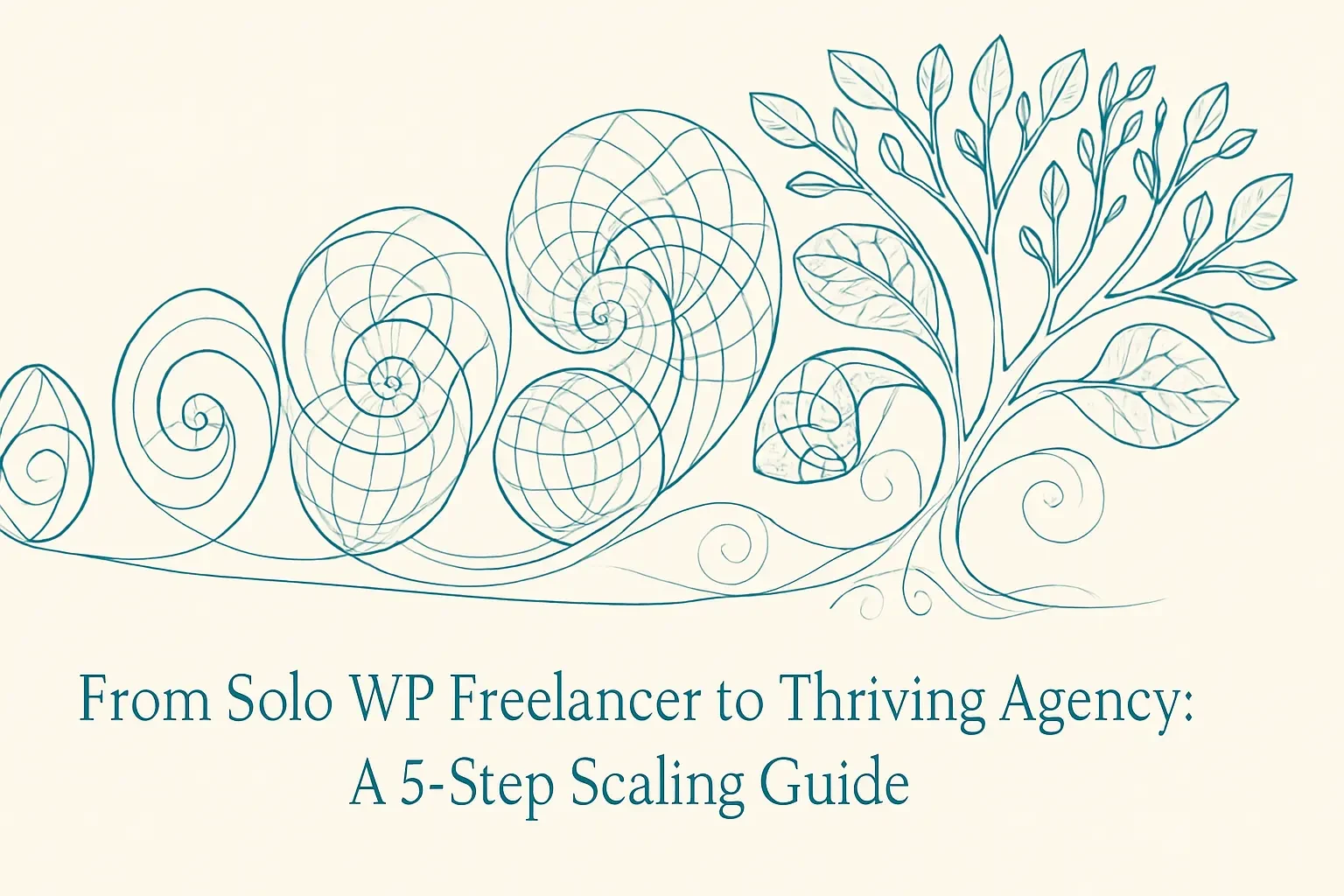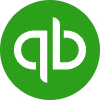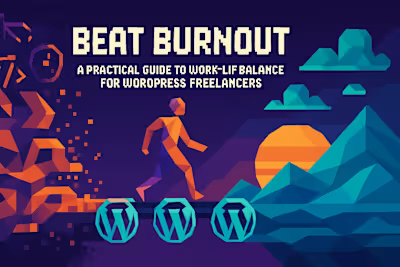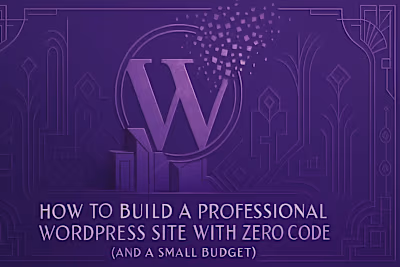From Solo WP Freelancer to Thriving Agency: A 5-Step Scaling Guide

From Solo WP Freelancer to Thriving Agency: A 5-Step Scaling Guide
Step 1: Are You Ready to Scale? Solidify Your Foundation
Evaluating Your Client Base and Revenue
Standardizing Your Processes
Step 2: The Blueprint for Growth: Business and Financial Planning
Choosing the Right Business Structure (Sole Proprietor, LLC, etc.)
Pricing Your Services for Agency-Level Work
Step 3: Building Your A-Team: Hiring and Outsourcing
Identifying Key Roles to Hire First
Where and How to Find WordPress Talent
Onboarding and Managing Your Team
Step 4: Streamlining Operations with Systems and Processes
Essential Project Management Software
Client Relationship Management (CRM) for Agencies
Automating for Efficiency
Step 5: Marketing Your New Agency
Defining Your Agency's Brand and Value Proposition
Content Marketing and Lead Generation for Agencies
Conclusion
References
From Solo WP Freelancer to Thriving Agency: A 5-Step Scaling Guide
Step 1: Are You Ready to Scale? Solidify Your Foundation
Evaluating Your Client Base and Revenue
Standardizing Your Processes
Step 2: The Blueprint for Growth: Business and Financial Planning
Choosing the Right Business Structure (Sole Proprietor, LLC, etc.)
Pricing Your Services for Agency-Level Work
Step 3: Building Your A-Team: Hiring and Outsourcing
Identifying Key Roles to Hire First
Where and How to Find WordPress Talent
Onboarding and Managing Your Team
Step 4: Streamlining Operations with Systems and Processes
Essential Project Management Software
Client Relationship Management (CRM) for Agencies
Automating for Efficiency
Step 5: Marketing Your New Agency
Defining Your Agency's Brand and Value Proposition
Content Marketing and Lead Generation for Agencies
Conclusion
References
Posted Jul 6, 2025
Ready to grow beyond a one-person show? Learn how to scale your WordPress freelance business into a successful agency, from hiring your first team member to landing bigger clients.










